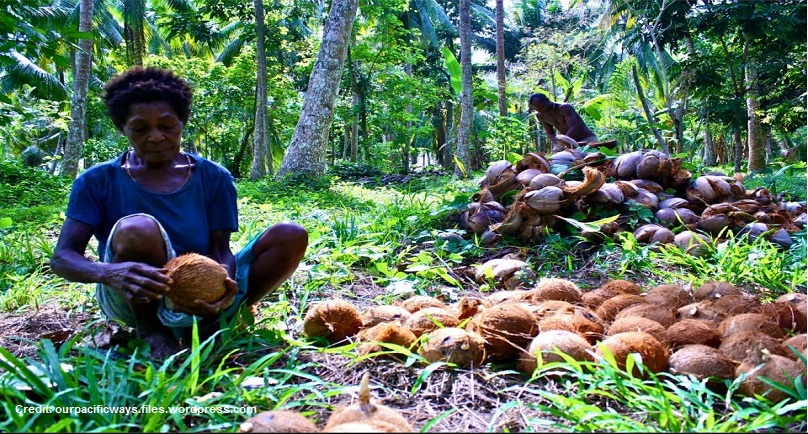By Sasha Pei-Silovo – EM TV Online
An analysis on Papua New Guinea’s exchange rate policy, by Paul Flanagan, Visiting Fellow at the Development Policy Centre of the Australian National University (ANU) has revealed serious implications on Papua New Guinea – the people and the nation’s development.
Mr Flanagan was formerly the Chief Advisor in the Foreign Investment and Trade Policy division at the Australian Treasury, and has provided Papua New Guinea with an in-depth look at the state of the country’s affairs brought on by the appreciation of the kina.
Papua New Guinea [moved away] from a market-based exchange rate early this year with the central bank indicating that the exchange rate would float within a narrow band around the interbank exchange rate.
According to Flanagan’s expert analysis, this has major ramifications on the future development of the country and is deemed as having detrimental effects on areas such as the country’s agricultural exports, international competitiveness and on [the inevitable] rationing of foreign exchange, among others.
This is due to the fact that the interbank exchange rate (frozen between October 2013 and June 4, 2014) ceased to reflect the market equilibrium of supply and demand; thus causing all foreign exchange transactions to occur at the interbank rate suggesting an effective 15 per cent appreciation of the currency corresponding to the market-based exchange rate [actual] of June 3, 2014.
The problems with the appreciation of the kina are obvious; having a serious impact on the vast majority of rural-based Papua New Guineans and does not support nor sustain agriculture in the country, especially where local farmers and growers income is concerned.
In the analysis, he documented key indicators of the impact, that moving away from a market-based economy has had and is having on the country; such as the practical implications on the agriculture sector, with income loss notably felt and experienced by growers and exporters of cash crops, among others.
One notable scenario was experienced by coffee growers in the first week of June 2014. World coffee prices had dropped by five per cent and added on to this [and of much greater significance] was the 15 per cent appreciation of the kina on June 4, which immediately trickled through to prices received by farmers, which saw a drastic 15 per cent cut on potential income.
This, according to the World Bank, could have brought a significant number of families (who depend on growing coffee to sustain their lives) below the poverty line; those already living below the poverty line would continue to fall deeper into the grips of poverty.
However, the PNG government has achieved greatness for importers, through their setting of a price in international markets above market rates. With the price of imported goods potentially being 15 per cent cheaper, importers are seemingly reaping the benefits and enjoying it.
The cost of imports are cheaper; so as the cost of buying properties overseas. Persons with the money to buy homes overseas would take advantage of this, but for the average Papua New Guinean, this makes no difference to their lives.
International loan payments would also be cheaper in kina terms but on the contrary, potential investors to the country would be faced with higher costs.
This was damaging for Papua New Guinea’s international competitiveness.
Furthermore, he added that market risks were involved in setting the official rate higher than what the demand and supply for foreign currency might dictate.
“Pegging the currency at an artificially high rate requires controlling the release of foreign currency from reserves. Such quantitative restrictions have many risks. Ultimately, choices must be made between which importers get access to foreign currency. Will it be importers of fuel or fertiliser or rice?
“The inevitable rationing of foreign exchange is a growing concern for all PNG businesses”, stated Flanagan.
While he adds that a return to a market-based exchange rate also has associated risks, realistically, there does not seem to be any alternative for the long term.
“The kina has officially begun to depreciate, but at a very slow rate. It will take another two years at the current rate of depreciation to get back to the exchange rate that prevailed on 3 June. And that is a long time for PNG’s rural poor to endure lower real incomes, to discourage investment in PNG and to ration foreign exchange for businesses”, states Flanagan.
Paul Flanagan is a Visiting Fellow at the Development Policy Centre, The Australian National University. Until recently he was Chief Advisor in the Foreign Investment and Trade Policy division at the Australian Treasury.


